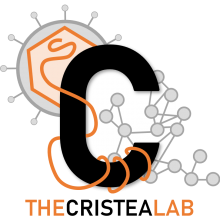Interrogating Host Antiviral Environments Driven by Nuclear DNA Sensing: A Multiomic Perspective
Type
Nuclear DNA sensors are critical components of the mammalian innate immune system, recognizing the presence of pathogens and initiating immune signaling. These proteins act in the nuclei of infected cells by binding to foreign DNA, such as the viral genomes of nuclear-replicating DNA viruses herpes simplex virus type 1 (HSV-1) and human cytomegalovirus (HCMV). Upon binding to pathogenic DNA, the nuclear DNA sensors were shown to initiate antiviral cytokines, as well as to suppress viral gene expression. These host defense responses involve complex signaling processes that, through protein-protein interactions (PPIs) and post-translational modifications (PTMs), drive extensive remodeling of the cellular transcriptome, proteome, and secretome to generate an antiviral environment. As such, a holistic understanding of these changes is required to understand the mechanisms through which nuclear DNA sensors act. The advent of omics techniques has revolutionized the speed and scale at which biological research is conducted and has been used to make great strides in uncovering the molecular underpinnings of DNA sensing. Here, we review the contribution of proteomics approaches to characterizing nuclear DNA sensors via the discovery of functional PPIs and PTMs, as well as proteome and secretome changes that define a host antiviral environment. We also highlight the value of and future need for integrative multiomic efforts to gain a systems-level understanding of DNA sensors and their influence on epigenetic and transcriptomic alterations during infection.

